前回と今回の記事で、行書の「点」の書き方を2種類紹介しています。今回はそのPart.2です。
ぜんかいとこんかいのきじで、ぎょうしょの「点(てん)」のかきかたをにしゅるいしょうかいしています。こんかいはそのパートツーです。
In the previous and this article, I’m introducing 2 ways of writing 点(ten) in semi-cursive script. This time is the Part.2.
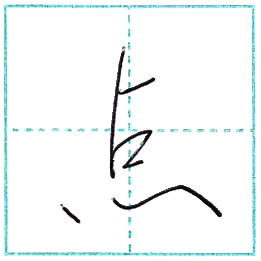
スポンサーリンク
単語例(たんごれい)
Word examples
失点 [しってん shitten] = points lost
無得点 [むとくてん mu toku ten] = scoreless
得点 [とくてん toku ten] / スコア [su ko a] = score
得点圏 [とくてんけん toku ten ken] / スコアリングポジション [su ko a ri n gu po ji sho n] = scoring position
減点 [げんてん gen ten] = demerit mark, point deduction
同点 [どうてん dou ten] = tie score, deadlock
決勝点 [けっしょうてん kesshou ten] = game point
最高点 [さいこうてん sai kou ten] = the highest mark/point/score
1点差で勝つ [いってんさで かつ itten sa de ka tsu] = to win by one point
採点が甘い [さいてんが あまい sai ten ga ama i] = to be generous in marking
採点が辛い [さいてんが からい sai ten ga kara i] = to be severe in marking
スタート地点 [スタートちてん su ta ー to chi ten] / 出発点 [しゅっぱつてん shuppatsu ten] = starting point
スポンサーリンク
書き順(かきじゅん)
Stroke order
1.
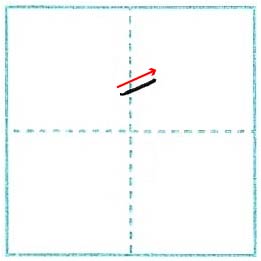
2. 次の線は、1画で書きます。
つぎのせんは、いっかくでかきます。
Write the next line with one stroke.
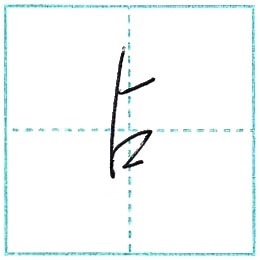
2-1.
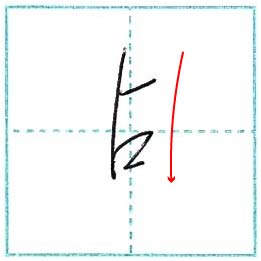
2-2.
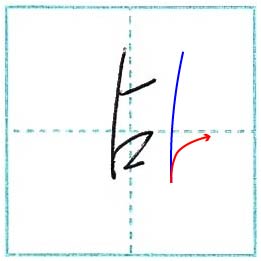
2-3.
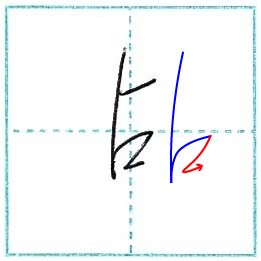
3.
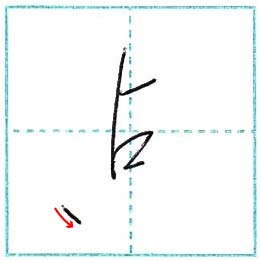
4.
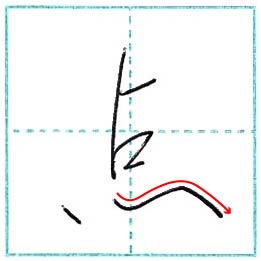
5. 完成(かんせい) Finish

公開日/post 2018.02.12
更新日/update 2021.01.16
スポンサーリンク
